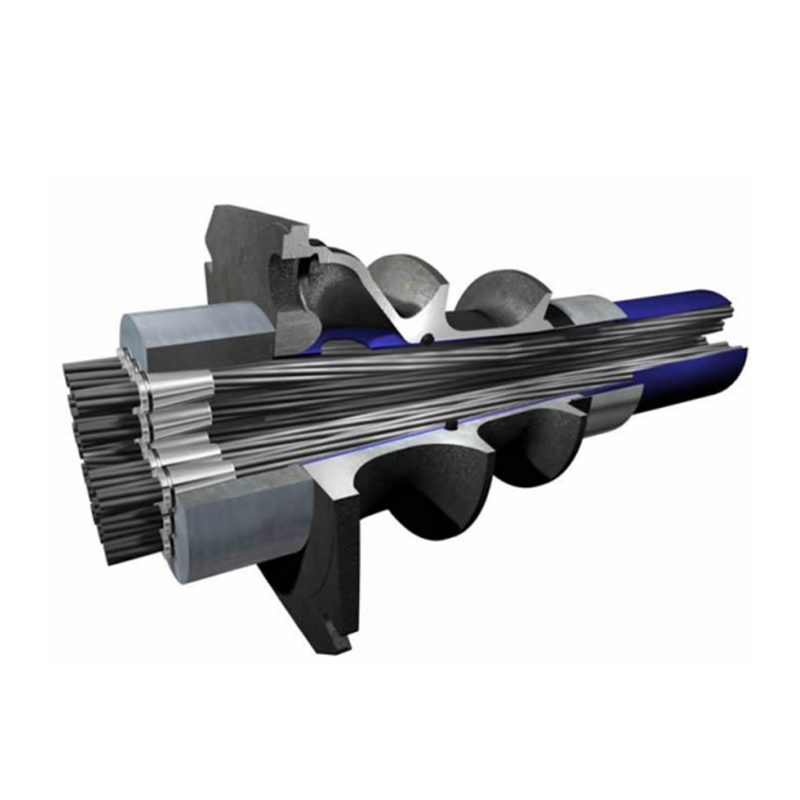What Types of Structures Benefit from Post-Tensioning?
In the realm of structural engineering, post-tensioning emerges as a revolutionary technique, significantly enhancing the durability and performance of diverse constructions. This advanced method involves the application of high-strength tendons, typically made of prestressed steel, to impart compressive stress to concrete structures. The result? A myriad of benefits that elevate the overall strength and longevity of buildings, bridges, and other architectural marvels. Let's delve into the types of structures that reap substantial advantages from the ingenious practice of post-tensioning.
1. Bridges: Connecting Strength and Flexibility
Bridges stand as iconic symbols of connectivity, demanding resilience against the relentless forces of nature and vehicular loads. Post-tensioning comes to the forefront in bridge construction, offering a unique blend of strength and flexibility. By strategically placing post-tensioned tendons, engineers can optimize the load-bearing capacity, ensuring that bridges not only withstand heavy traffic but also adapt to environmental stresses such as seismic activities. The result is a bridge that not only spans physical gaps but also bridges the gap between conventional strength and modern adaptability.
2. High-Rise Buildings: Defying Gravity with Post-Tensioning
In the ever-evolving landscape of urban architecture, high-rise buildings soar to new heights, both literally and figuratively. Post-tensioning becomes a game-changer in erecting these towering structures. The technique allows for the construction of slender and aesthetically pleasing skyscrapers by counteracting the gravitational forces at play. Through the strategic application of post-tensioned tendons, engineers can optimize the use of materials, resulting in structures that defy gravity while maintaining structural integrity.
3. Parking Structures: Maximizing Efficiency and Space
Parking structures, often subjected to repetitive and concentrated loads, demand robust engineering solutions. Post-tensioning proves invaluable in this domain by enhancing the efficiency and space utilization of parking facilities. Tendons strategically placed in the concrete post tension slabs distribute loads uniformly, minimizing the risk of structural fatigue. The result? Parking structures that not only maximize capacity but also stand the test of time, ensuring durability amidst the constant ebb and flow of vehicles.
4. Residential Foundations: Stability Beneath Your Feet
When it comes to residential construction, the foundation is paramount. Post-tensioning offers a reliable solution for ensuring the stability and longevity of residential structures. By introducing post-tensioned tendons in the foundation, engineers mitigate the effects of soil settlement and ground movement. This not only prevents cracks and structural damage but also provides homeowners with the peace of mind that their abode rests on a foundation fortified against the challenges posed by varying soil conditions.
5. Stadiums and Arenas: Enduring the Roar of the Crowd
Stadiums and arenas, where masses converge to witness sporting events and entertainment spectacles, require structures that can withstand dynamic loads and vibrations. Post-tensioning, with its ability to enhance structural efficiency, finds application in the construction of these grand facilities. By strategically placing tendons, engineers ensure that stadiums not only withstand the energetic fervor of the crowd but also remain resilient against the dynamic forces generated by large gatherings and events.
In conclusion, the applications of post tension concrete are vast and varied, making it a crucial technique in the toolkit of modern structural engineers. From bridges and high-rise buildings to parking structures, residential foundations, and stadiums, the benefits of post-tensioning reverberate across the spectrum of construction. As we continue to push the boundaries of architectural innovation, the role of post-tensioning in shaping resilient, efficient, and enduring structures cannot be overstated.




